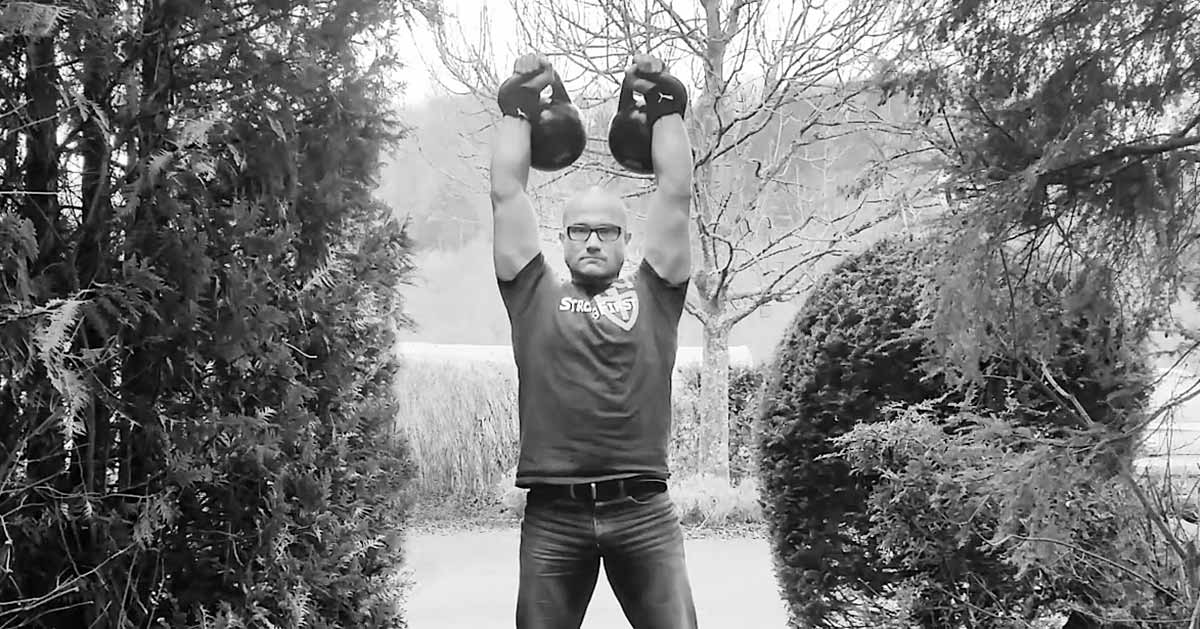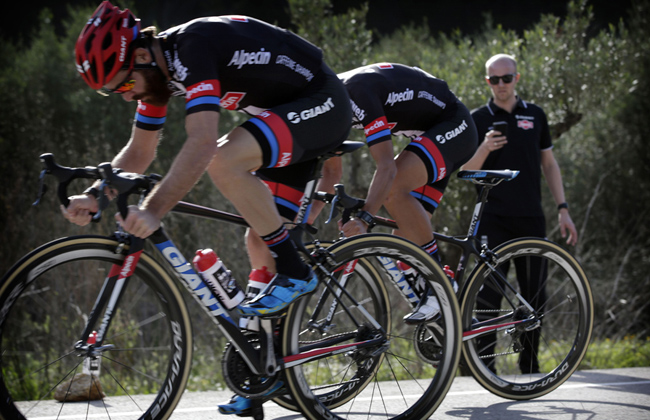I am surprised, after hearing Zone 2 workout here in this forum, I found Peter Attia youtube channel. He made a podcast with a Phd, seemingly an expert, named Inigo San Milan, and they said interval training does not create mitochondria adaptation. They say you have to constantly be in Zone 2 not going up and down….
Well, I might find my self in a fight of different camps in this manner as well

)
Well, I might hold my horses on this topic. And happily add a walking routine in my exercise regime. I walk around quite a bit but need to up the volume a bit and allocate specific times to my self.
I am a total beginner in cardio, I am lucky

) I will walk 30 minutes a few times a week and improve

and maybe in the mean time, more will be resolved. I will be closely watching those threads.
There are also some high stakes in this “fights” as usual, people create businesses, careers, fame, and I am not referring to fake gurus. Honest people honestly invest a lot and they are emotionally attached. Sometimes the truth might lie in sth in between to honest and competent people.
Not trying to be a fan boy, but Pavel’s talks on cardio could be all I need …



